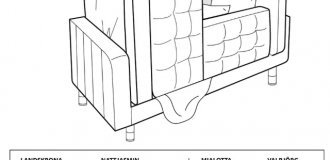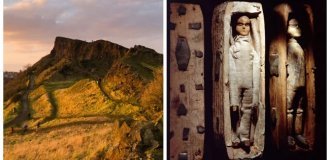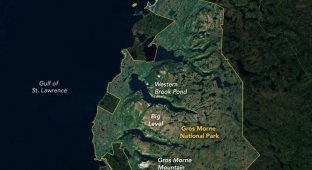Scientists have found an ancient tectonic megaplate that once occupied a quarter of the Pacific Ocean (5 photos + 1 video)
Geologists from Utrecht University (Netherlands) have discovered the remains of an ancient tectonic megaplate that existed on Earth about 160 million years ago and occupied an area of 38.8 million square kilometers. The discovery was made during the study of the most complex region of Earth's tectonic plates - the area around the Philippines. 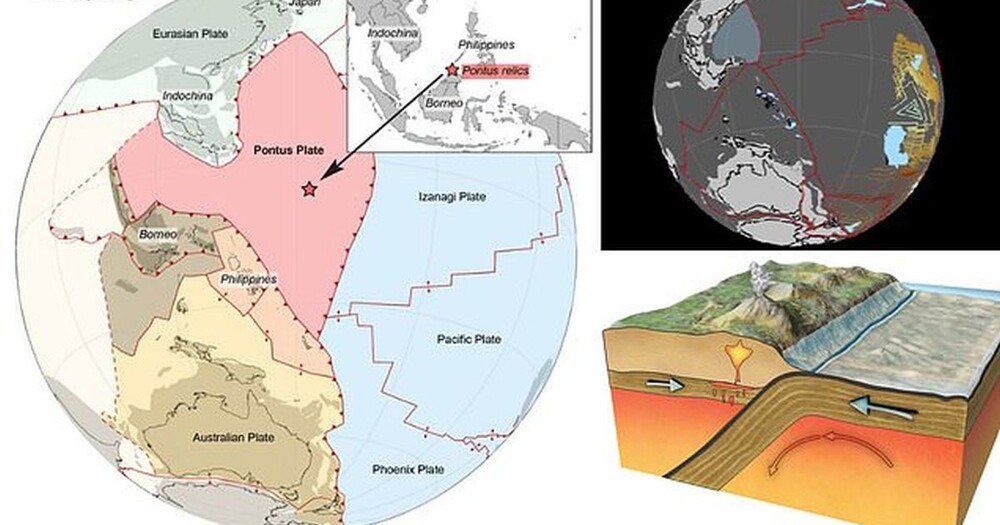
The megaplate, called the Pontic Plate, or Pontus, once covered about a quarter of the modern Pacific Ocean. It existed 160 million years ago and even 20 million years ago, but by that time its size had greatly decreased. The plate gradually sank into the Earth's mantle, being pulled by gravity under the neighboring plate. This geological process is called subduction.
The researchers, plate tectonics PhD candidate Susanne Van de Lagemaat and her colleagues at Utrecht University, used computer modeling and studied oceanic rocks in the Philippines area called "Pontus relics" to identify the plate and reconstruct its movement. 
Pontic Plate in the Paleo-Pacific Ocean 120 million years ago
“There are many plates that were once on the surface of the Earth that no longer exist,” says Suzanne Van de Lagemaat. “In my model, which goes back to 160 million years ago, Pontus exists back then, but may well be older.” It finally disappeared about 20 million years ago, so it was on the surface of the Earth for at least 140 million years, but most likely longer.”
Skip
Today, the Earth's lithosphere—its rocky outer shell—is made up of about 15 tectonic plates, each different in shape and size. Along the boundaries of tectonic plates, where their mutual friction occurs, powerful seismic activity is detected, leading to earthquakes. 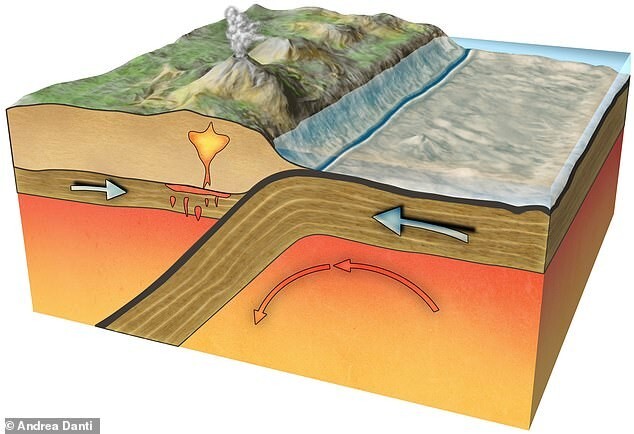
In subduction zones, one tectonic plate is gradually “pulled” under another
However, millions of years ago, other geological processes were observed - for example, subduction, in which one edge of a lithospheric plate sinks below the edge of another plate, and over time the entire plate can sink into the Earth's mantle. All that will remain of it are small traces, fragments of rocks by which it can be identified. It was from such traces - “relics” - that Pontus was found. 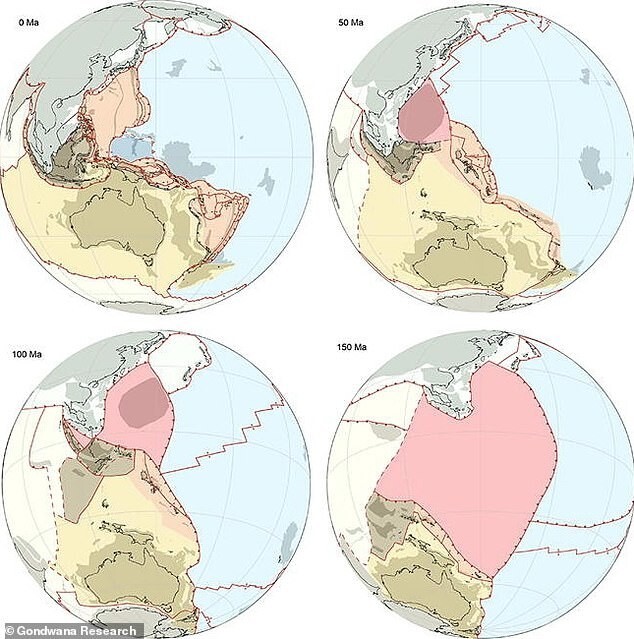
Pontus (in pink) 50 million years ago, 100 million years ago and 150 million years ago
For the study, scientists chose the most complex region of the Earth's tectonic plates - the area around the Philippines. 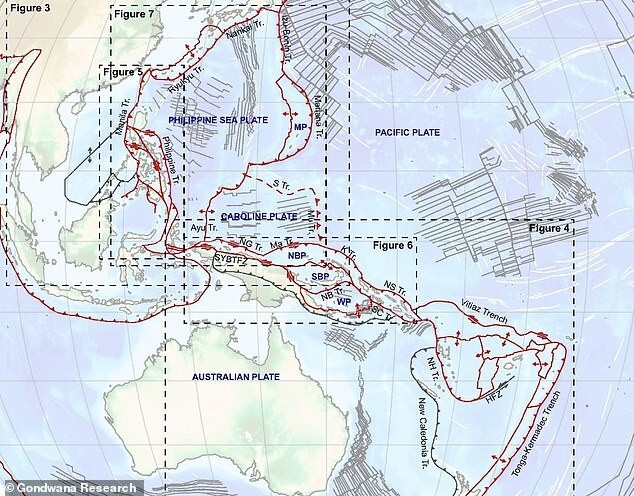
This region consists almost entirely of oceanic crust, but some parts of it rise above sea level and contain rocks of a wide range of ages.
Scientists collected geological data and, using computer modeling, reconstructed the movement of current plates. The results showed the presence of a vast area potentially liberated due to the subduction of a tectonic megaplate.
The most important piece of the puzzle, researchers say, has been discovered in northern Bornean. We are talking about oceanic basalt rocks. Using modern techniques, scientists have determined that the basalt from Borneo is “relics of Pontus,” left over from the subduction of this part of the plate about 85 million years ago. Moreover, the basalt itself was formed 135 million years ago.
“Basalt preserves information about the magnetic field that was present when the rock was formed,” says Suzanne Van de Lagemaat. “Thanks to this, we can find out at what latitude the rock was formed 135 million years ago. When we model the movement of a piece of basalt between 85 million and 135 million years ago, we obtain information about the movement of the entire plate. This movement does not correspond to the movement of previously known plates in the same time interval. Therefore, we conclude that we are dealing with some hitherto unstudied plate.”
The rocky "relics of Pontus" are located not only in northern Borneo, but also in Palawan, an island in the western Philippines, and in the South China Sea, researchers say.
Note that experts from Utrecht University predicted the existence of Pontus more than 10 years ago, based on fragments of old tectonic plates found deep in the Earth's mantle, but now this hypothesisbut supported by evidence.
The study was published in the journal Gondwana Research.
